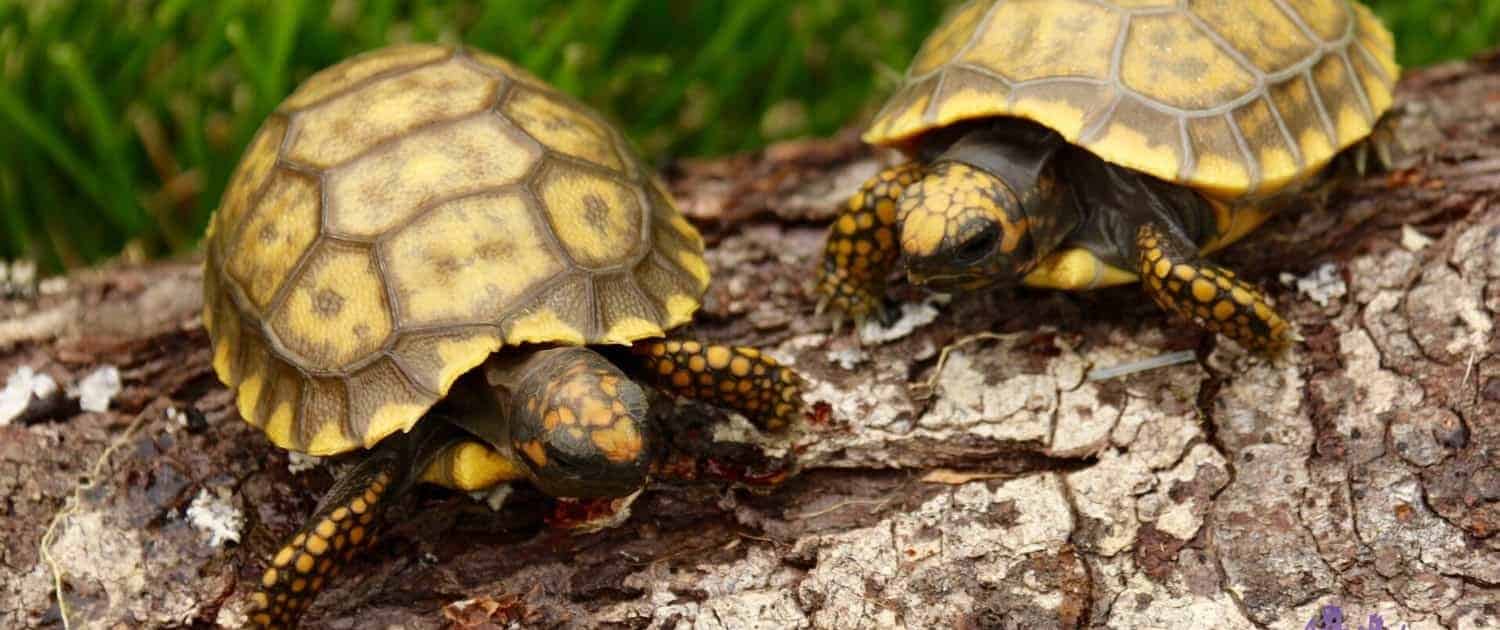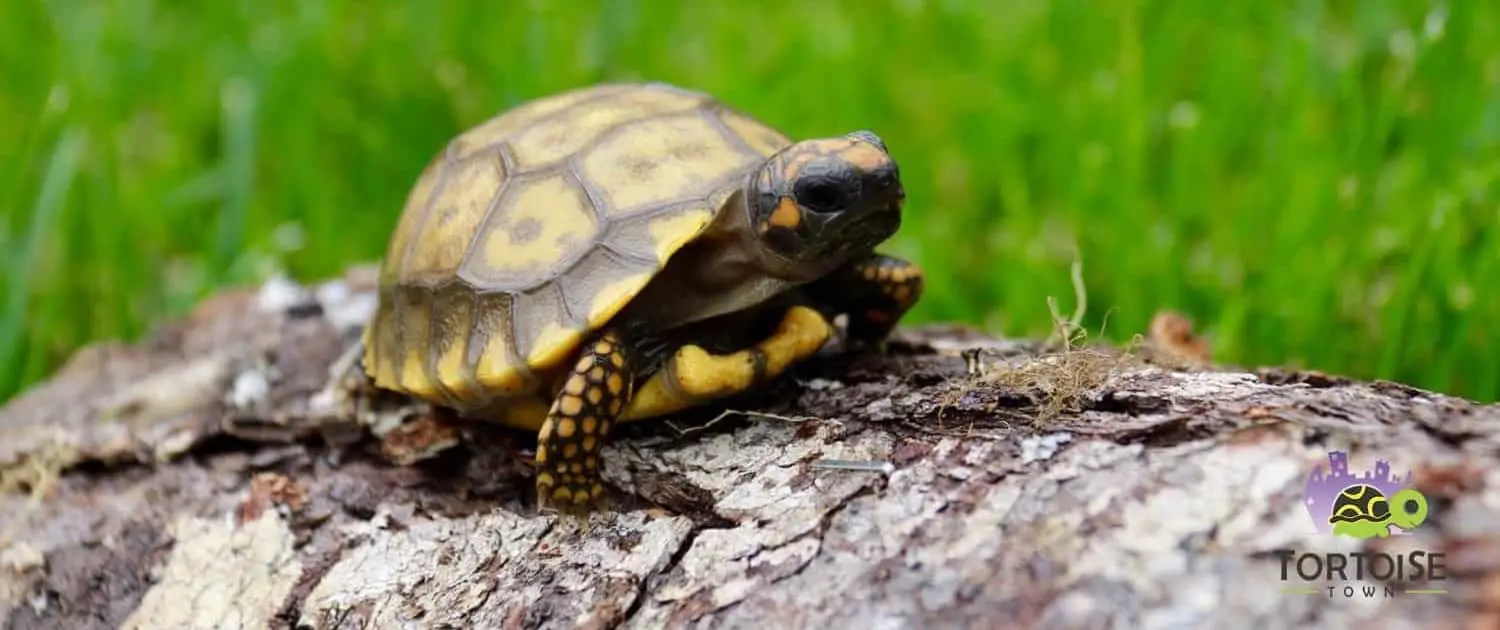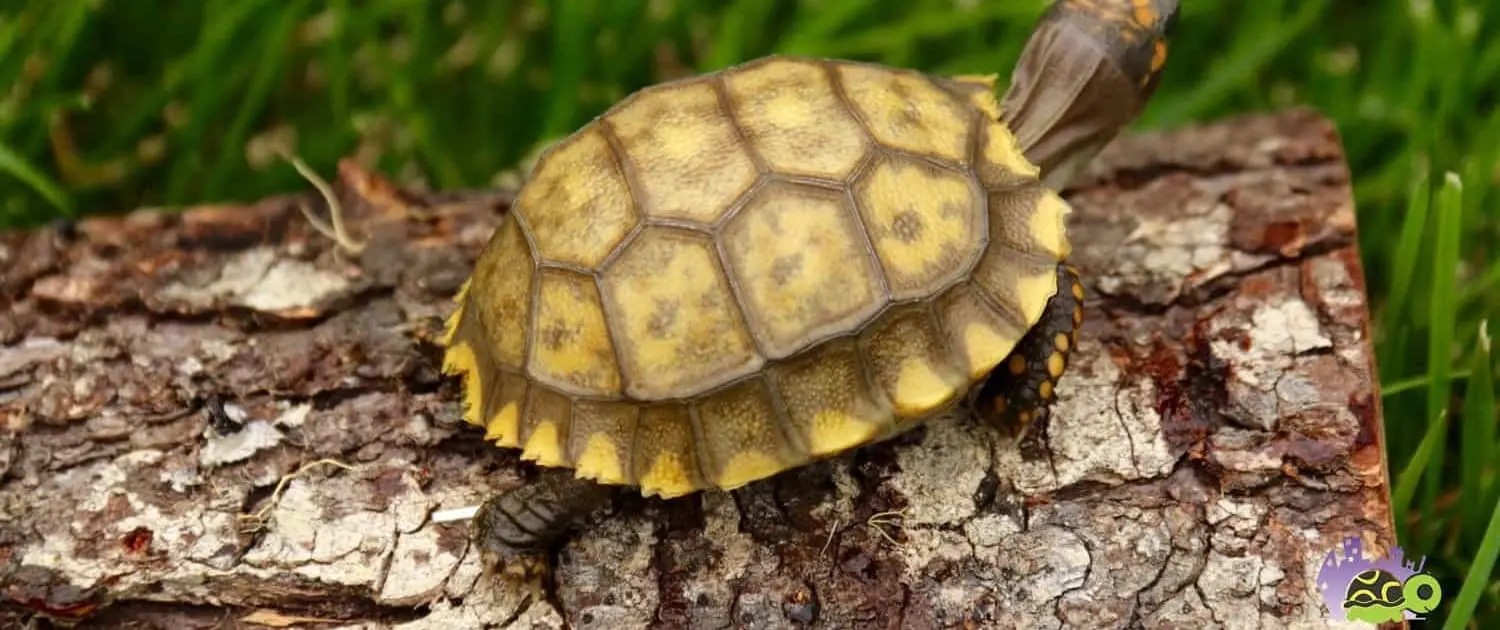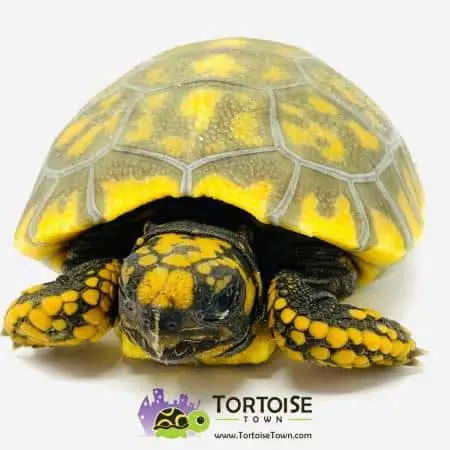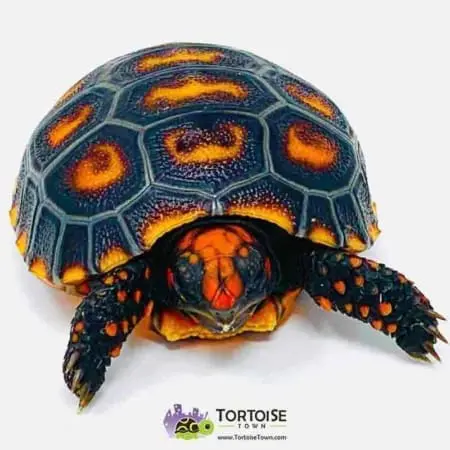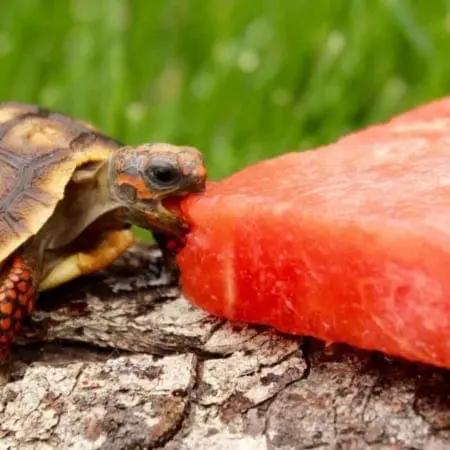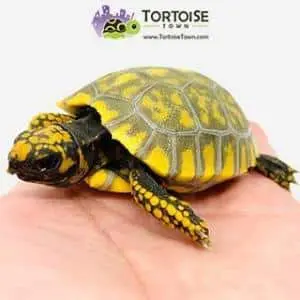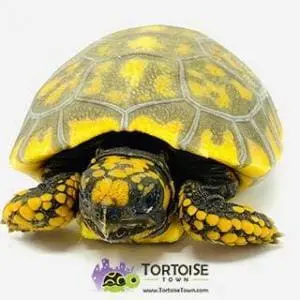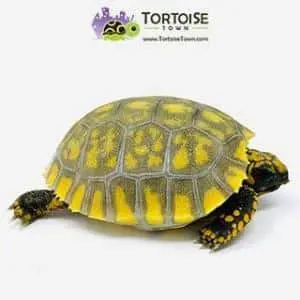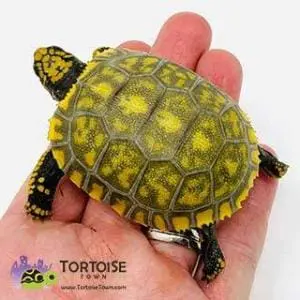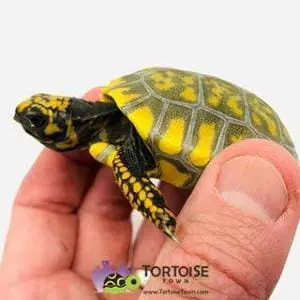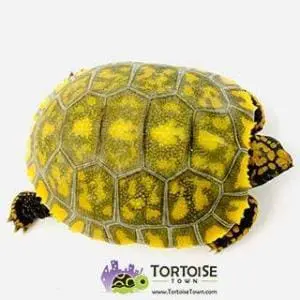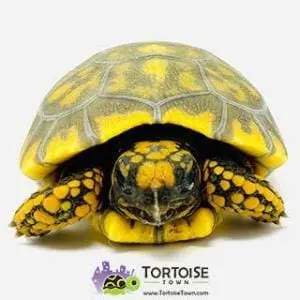Yellow foot tortoise for sale
Before purchasing your new yellow foot tortoise for sale, be sure to read our yellow foot tortoise care and information guide below:
Yellow-foot tortoises are more subdued in their beauty as compared with a number of the tortoises of the genus Geochelone. Nevertheless they are a sought-after addition in many collections the world over. A holdover perhaps from the days when many species of giant tortoises roamed both islands and the mainland, they are known as the third largest of the extant (living) mainland tortoises.
yellow footed tortoise for sale – yellow foot tortoise size
This designation is somewhat misleading as there are some that never grow beyond 14 inches (34 cm) as adults. While there are adult yellow foot tortoises Geochelone denticulata that are over 22 inches (55 cm) and even 28 inches (70 cm) in length, these individuals are fairly rare with most reaching only 16 – 20 inches (40 cm – 50 cm).
Upon initial sighting, a Yellow-foot tortoise for sale looks very similar to the closely related Red-foot tortoise for sale, Geochelone carbonaria, with the primary distinction being the presence of yellow scales on the forelegs of G. denticulata and red scales on the forelegs of G. carbonaria (thus the common names for each). However, of all of the differences for these two species, this is actually the most variable.
Difference between red foot tortoises for sale & yellow foot tortoises
While Red-foots may be more intensely colored, this is not a universal distinction; there are Yellow-foot tortoises that are very brightly patterned and comparatively drab Red-foots. While there are numerous morphometric differences between these two species, by far the easiest method of telling Red foots and yellow foot tortoises apart is the differences in the scalation of their heads.
Yellow-foots have elongated prefrontal scales and a fragmented frontal scale. Red-foots have shortened prefrontals and an intact frontal scale. The prefrontal and frontal scales are the scales at the tip of the nose. In addition to this obvious difference, female Red-foot tortoises are more elongated, looking much like a loaf of bread while older male Red-foots tend to develop an hourglass shape. Adult yellow foot tortoises for sale of both sexes tend to be wider/ rounder and somewhat flatter in their overall shape.
Yellow footed tortoise for sale – natural habitat
The Yellow-foot tortoise is found in South America over a wide range from Bolivia through Brazil. This species is a true “rainforest” species and as such its care requirements are more restrictive than those for the wider ranging / multi-habitat Red-foot. While the two species are sympatric (share habitat) in some locations it appears that only the Red-foot tortoise will venture out of the forest into the grasslands and the associated brighter sunlight. The rainforest is typified by being a very stable environment, humidity is high, and temperature swings between night and days are fairly narrow.
Yellow foot tortoises come from the rain forest regions of S. America
In addition to this, in rainforests the lighting is dim. It is these conditions that we seek to match when providing for Yellow-foots, providing a high humidity environment with night temperatures above 65 degrees F (18 C) and day temperatures below 95 degrees F (35 C). Yellow-foots are less tolerant to very high temperatures than Red-foots, possibly because they have less tendency to wallow in shallow water and mud during times of extreme heat. They stress easily and providing a dim area such as large plantings / ground cover for hiding is of paramount importance.
Yellow foot tortoise habitat setup for Indoor
The most common form of indoor accommodation for small or medium sized Yellow-foot Tortoises consists of a “turtle table’. To all appearances this looks like a bookshelf unit flipped onto its back. A reasonable size habitat for a hatchling is 2 feet by 3 feet (60 cm by 90 cm), as the animal grows the size of this habitat should be increased. For a large adult Yellow-foot tortoise the indoor accommodation should be at least 8 feet by 4 feet (240 cm by 120 cm). Into the bottom of this “turtle table” ( How to Build an Indoor Land Turtle Table by David T. Kirkpatrick Ph.D) holes can be cut to allow for the sinking of food, water and eventually nesting containers flush with the surface for easier animal access.
Yellow footed tortoise water
The water area of the habitat should be large enough to allow the tortoise to soak in it if it wishes – it must also be shallow enough to protect from drowning. As a substrate in the dry portion of the environment cypress mulch works well.
In one corner of the environment a 100W spot lamp should be positioned to provide artificial basking facilities. This should be positioned to provide a basking spot of 90 degrees F (32 degrees C) or so in that section of the habitat. The habitat should also be equipped with a full spectrum fluorescent light to provide for UVB. A UVB source is necessary for Vitamin D3 syntheses (needed in calcium metabolism). There should be a hide box located in the corner away from the basking spot to allow the animal a dim retreat.
Yellow foot tortoises for sale – outdoor housing
Predator-proof outdoor habitats offer many advantages over indoor accommodations and should seriously be considered as an option during warm weather. A heated night house should be provided (thermostatically controlled ceramic heaters work well for this) in the event that the tortoise is to be kept outdoors in areas with cool nights. Outdoor pens should be heavily planted with areas of low bushes, ferns and other sun-blocking plants to indulge their need for dim retreats.
Yellow foot tortoise food list
Yellow-foots are omnivorous, consuming both animal and plant material in the wild though the need for meat products seems to be not as important as it is for Red-foots. In captivity this may be duplicated by supplemental feeding with a prepared food such as Mazuri Tortoise Diet with it’s associated somewhat higher protein content. Meat should not be fed as a part of the daily diet. High quality commercial foods have the advantage of being supplanted with vitamins and minerals needed in the Yellow-foot’s diet. Occasional earthworms may be fed as well.
The diet offered should consist of:
- Leafy greens (dandelions, clover, endive etc.)
- Fruits
- Prepared (commercial) tortoise diets
Yellow footed tortoise for sale – supplements
For proper growth as well as egg production, proper dietary calcium ratios are necessary. Powdered calcium can be sprinkled on all foods once a week to help meet these requirements. Provision of a cuttlefish bone, which can be gnawed if required, is also recommended. The substrate of choice is cypress mulch or something possessing the same humidity holding properties in order to keep their shells/skin from drying out in captive conditions. In outdoor pens in areas of high sand content, food should not be placed directly on sandy soil. Sand can build up in the tortoises GI tract leading to possible impaction and even death. A completely separate sand-free area in the habitat should be utilized to feed.
Additional yellow foot tortoise care information
As with all species of turtles and tortoises, wild-caught animals should be avoided. In particular, freshly imported Yellow-foots are noted for difficulties in acclimating them to captivity. Wild caught specimens often exhibit a fading syndrome resulting in death even with aggressive medical care. If possible, only captive born specimens should be considered.
Well acclimated Yellow-foot tortoises do not pace or move around as much as most tortoises but tend to be ravenous feeders. This can result in obesity. Careful watch should be kept on their weight and any loss or sustained gain in a non-actively growing animal should be noted and addressed.
This species does not hibernate in nature. Facilities should be provided for the continued health and well being of the tortoise indoors in cooler conditions.
All information provided by chelonia.org
Buy a baby yellow foot tortoise for sale here

